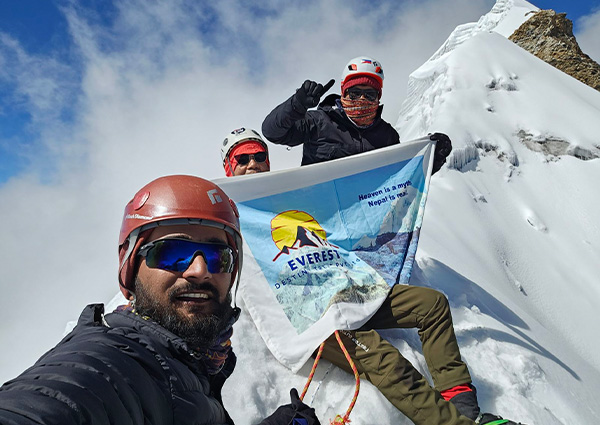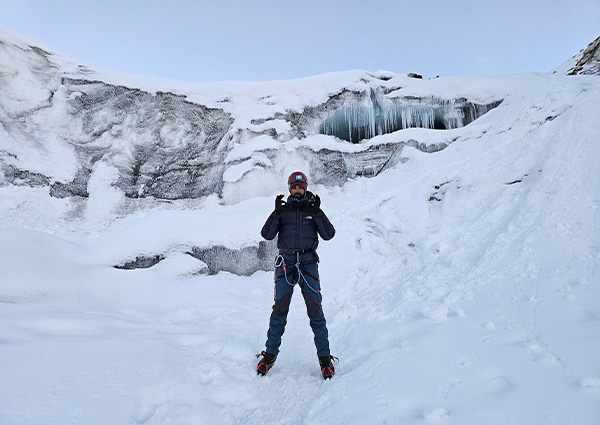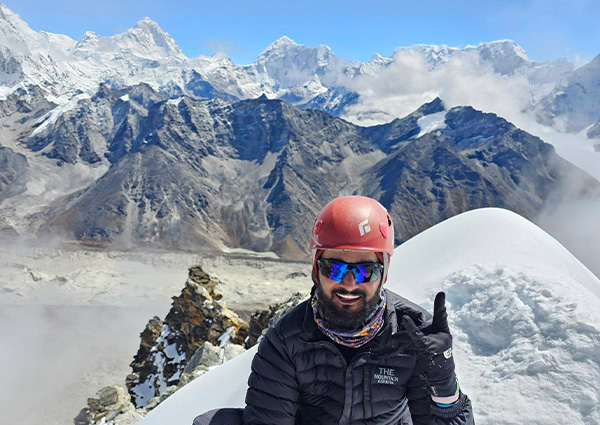Lobuche Peak Climbing (6,119m/20,075ft) offers an ideal introduction to Himalayan mountaineering. Located in the heart of the Everest region, this climb rewards you with spectacular views of some of the world’s highest peaks, including Mt. Everest and Nuptse.
+977 9851191802
info@everestdestinytreks.com
Google Review





